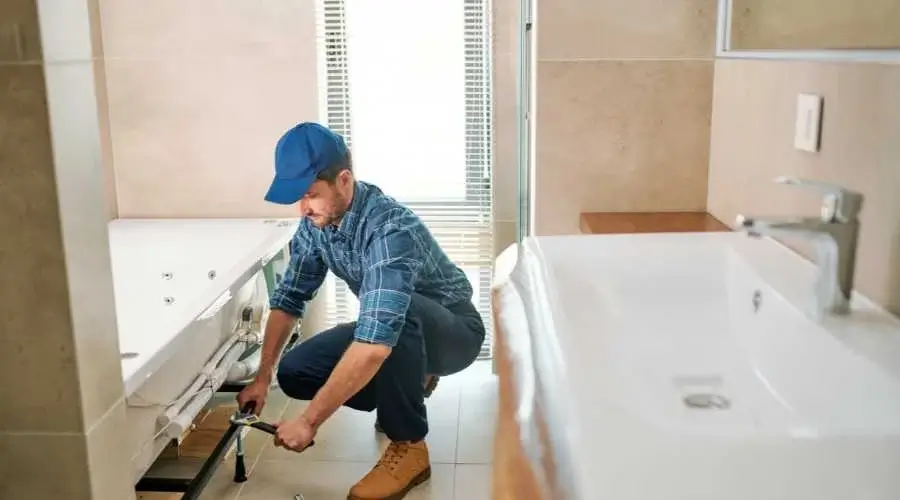The majority of homeowners choose tub reglazing over buying a new bathtub. Why? Because expert bathtub refinishing may make a tub seem as good as new. This method also enables your customers to preserve their tubs, avoiding the need to replace existing flooring, tiling, fixtures, and other features. Instead, the surrounding surfaces are covered and left alone while the repair is completed.
When refinishing a bathtub, there are various factors to consider. In the sections below, we will go through seven easy measures to make your next tub reglazing endeavor a big success.
Step 1: Prepare Your Workspace
Before you begin your bathtub repair project, you must thoroughly organize your workspace. In addition to protecting all surrounding surfaces, you must take all necessary safety precautions. To keep the area well-ventilated, turn on the bathroom fan, open a window, and utilize an industrial fan to push the air outside.
Step 2: Remove Caulk
First, remove the overflow plate above the tub drain. Using a utility knife, cut the caulk where it meets the surround. When the caulk begins to lose, use a putty knife to pry it away gently. (Do not be alarmed if black marks appear during this technique; they may be removed afterward.)
Necessary: If the caulk you are removing contains silicone, you must use a silicone digester to remove the residue. If this is done, the tub reglazing job will be protected.
Step 3: Clean the Bathtub Thoroughly
Before refinishing a tub, it must be thoroughly cleaned. First, scrub it with a scouring powder and pad. A razor scraper is also helpful in eliminating soap scum. Remember the area under the soap dish; debris tends to accumulate there. Finally, pay close attention to the drain since this is the most common area where tub reglazing fails.
Step 4: Repair Any Damage
The surface of a bathtub must be completely smooth when refinishing it. This implies that any chips, cracks, or other damage must be corrected before installing the product. Line the bottom of the tub with masking paper and smooth out any irregularities with a putty knife. Before sanding, let the filler dry fully. This process must be repeated until the desired result is obtained.
Step 5: Sand the Tub
After the tub has dried sufficiently, the surface must be sanded. The cover may be filed by hand. Alternatively, use an electric orbital sander and 120-grit sandpaper. Using your respirator is crucial during this time. Wipe the dust and dirt away using a wet cloth paper towel after sanding the whole tub. Wipe away from the drain and towards the tub’s backside. Finally, complete the process with lacquer thinner or a detailing compound.
Step 6: Apply Masking Tape
Mask off the tile around the tub and the adjacent floors after that. It would help if you also concealed the drain with tape (remove any excess so it does not interfere with the glaze). Place a rubber glove or equivalent barrier over the faucet and showerhead to protect the tub reglazing operation from leaks.
Step 7: Apply Tub Reglazing Product
After completing stages one through six, the glaze may be applied. Because each bathtub refinishing product is unique, thoroughly read the instructions. The masking may be removed once the tub has dried for a few hours. However, take your time with this process. Otherwise, dust will attach to the tub’s surface. After 24 hours, re-caulk the bathtub. After 48 hours, replace the overflow lid to complete the repair.
More Details about Professional Bathtub Refinishing
RC Haverford Tub Reglazing provides bathtub refinishing training programs and anything else you need to improve your reglazing skills. Please get in touch with us at any moment to learn more.

